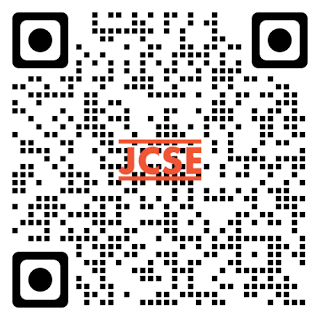Analysis of Tomato Leaf Disease Identification Techniques
(1) Research Scholar, The Research world, India
(2) Vivekananda Institute of Professional Studies
Abstract
Keywords
Full Text:
PDFReferences
Agrios, George. “Plant Pathology”, Elsevier, 1969.
Sarah J. Pethybridge, Scot C. Nelson, “Leaf Doctor: A New Portable Application for Quantifying Plant Disease Severity”.
L. Hallau, M. Neumann, B. Klatt, B. Kleinhenz, T.Klein, C.Kuhn, M.Rohrig, C. Bauckhage, K.Kersting, A. –K. Mahlein, U.Steiner, E.-C. Oerke, “Automated identification of sugar beet diseases using smartphones”.
Esmael Hamuda, Martin Glavin, Edward Jones, “A survey of image processing techniques for plant extraction and segmentation in the field”.
Sharada P. Mohanty, David P. Hughes, Marcel Salathe, “Using Deep learning for Image-Based Plant Disease Detection”.
Konstantinos P. Ferentinos, “Deep learning models for plant disease detection and diagnosis”.
P. S. R. Strange, “Plant Disease: A Threat to Global Food Security”.
D. Erhan, Y. Bengio, A. Courville, and P. Vincent, “Visualizing Higher-Layer Features of a Deep Network”, University of Montreal, 2009
C. Olah, A. Mordvintsev, and L. Schubert, “Feature Visualization,” Distill, vol. 2, no. 11, 2017.
C. Olah, A. Satyanarayan, I. Johnson et al., “Te Building Blocks of Interpretability,” Distill, vol. 3, no. 3, 2018.
M. D. Zeiler and R. Fergus, “Visualizing and understanding convolutional networks,” in Proceedings of the 2014 European Conference on Computer Vision (ECCV), 2014.
K. Simonyan, V. Andrea, and A. Zisserman, “Deep inside convolutional networks: visualising image classifcation models and saliency maps,” https://arxiv.org/abs/1312.6034v2, 2013.
M. Sundararajan, A. Taly, and Q. Yan, “Axiomatic attribution for deep networks,” in Proceedings of the 2017 International Conference on Machine Learning (ICML), 2017.
J. T. Springenberg, A. Dosovitskiy, T. Brox, and M. Riedmiller. “Striving for Simplicity: The All Convolutional Net”, in Proceedings of the 2015 International Conference on Learning Representations (ICLR) Workshop, 2015
R. R. Selvaraju, M. Cogswell, A. Das, R. Vedantam, D. Parikh, and D. Batra, “Grad-CAM: visual explanations from deep networks via gradient-based localization,” in Proceedings of the 2017 IEEE International Conference on Computer Vision (ICCV), pp. 618–626, 2017.
Randal S. Olson, Ryan J. Urbanowicz, Peter C. Andrews, Nicole A. Lavender La Creis Kidd, Jason H, Moore, “Automating Biomedical Data Science Through Tree-Based Pipeline Optimization,”
Dmitry Krotov, John Hopfield, “Unsupervised Learning by Competing Hidden Units”.
Smith, L.N. “A disciplined approach to neural network hyper-parameters: Part 1 – learning rate, batch size, momentum, and weight decay”. CoRR 2018, abs/1803.09820, [1803.09820].
Jeremy Howard, Sylvain Gugger, “fastai: A Layered API for Deep Learning”.
Refbacks
- There are currently no refbacks.
Indexs by:

 Journal of Computer Science and Engineering (JCSE)
Journal of Computer Science and Engineering (JCSE)Published by : ICSE (Institute of Computer Sciences and Engineering)
Website : http://icsejournal.com/index.php/JCSE/
Email: jcse@icsejournal.com
 is licensed under a Creative Commons Attribution-ShareAlike 4.0 International License.
is licensed under a Creative Commons Attribution-ShareAlike 4.0 International License.







